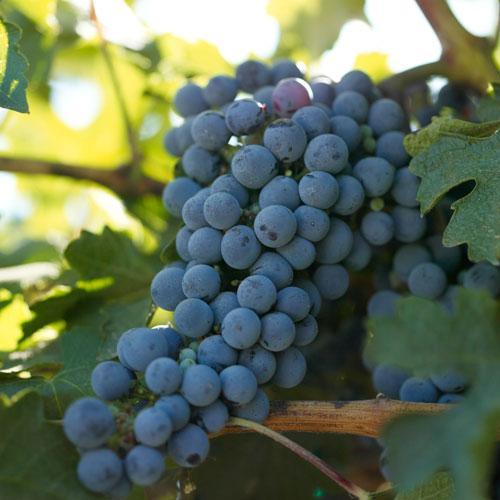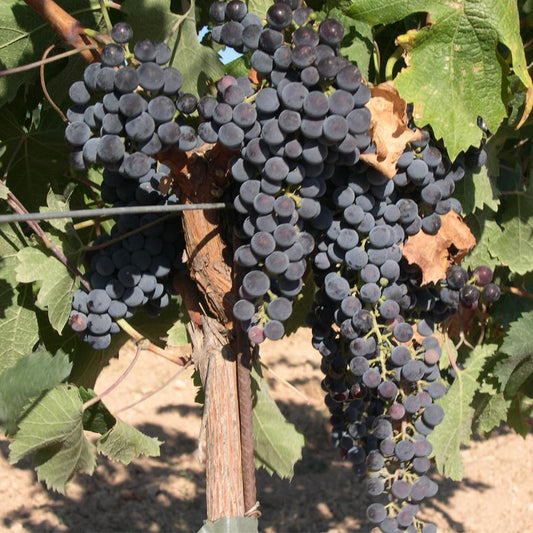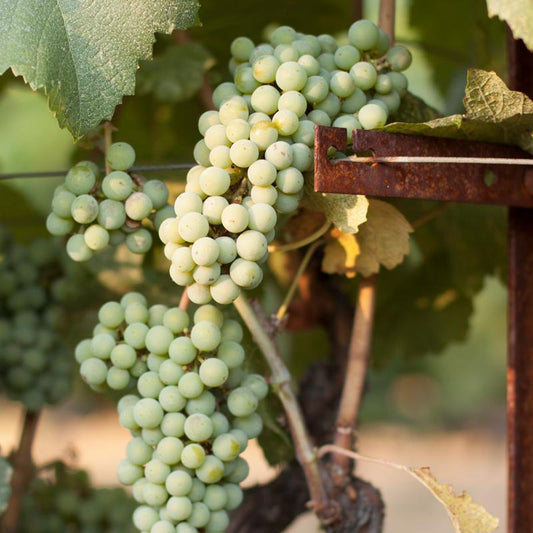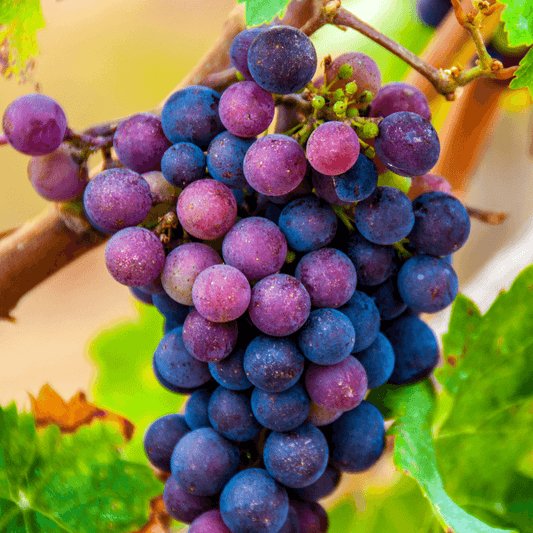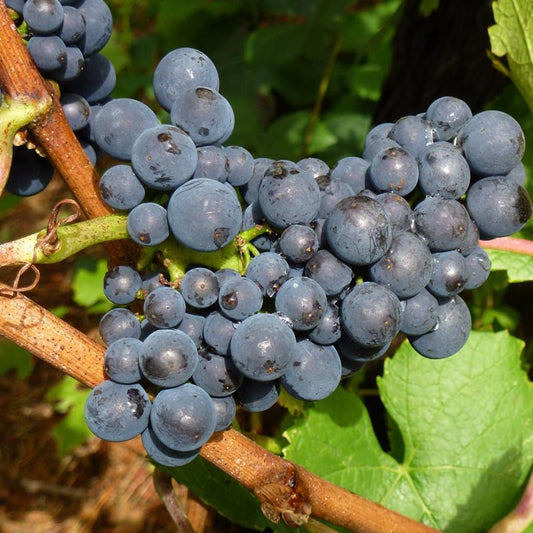Wine Grape Vines for Sale – Grow Your Own Quality Grapes
Discover our selection of wine grape vines, perfect for gardeners and aspiring vintners alike. Whether you want to cultivate red wines, white wine, or table grapes, our grape plants include high-quality, bare roots ready to establish a productive vineyard or expand an existing one.
We offer a wide range of grape plants, including classic grape varieties like Cabernet Sauvignon, Merlot, Zinfandel, and Pinot Noir, all known for producing quality wine in suitable growing zones.
Choose the Right Grape Variety for Your Region
Each grape vine for sale is a one-year-old, self-rooted cutting, graded for consistent growth. Popular selections include:
-
Cabernet Sauvignon – Produces bold red wines with excellent aging potential.
-
Merlot – Soft tannins, ideal for blends or standalone wines.
-
Zinfandel – Vigorous and flavorful, suited for warmer climates.
-
Pinot Noir – Delicate, cool-climate reds.
-
Chardonnay – The leading white wine grape, adaptable to many climates.
-
Shiraz (Syrah) – Spicy and full-bodied red wine variety.
(Note: While Cabernet Franc is not currently listed, it remains a valued grape variety for future availability.)
Learn how to select the best grape varieties for your area in this guide: Selecting the Best Grape Varieties for Your Region.
Benefits of Bare Root Grape Plants
Our bare roots offer faster establishment and better adaptation to your soil. Dormant and ready for planting in early spring, these grape plants provide a strong start toward a harvest of high quality grapes—ideal for fresh consumption or winemaking.
Planting and Growing Your Grapevines
To successfully grow your own grapes, consider these essentials:
Site Selection:
- Select a sunny spot with well-drained soil.
- Avoid low-lying areas prone to frost or poor drainage.
- Good air circulation reduces disease risks.
Planting Tips:
- Space vines 6 to 10 feet apart, with 8 to 12 feet between rows.
- Amend soil to a pH of 6.0 to 6.5.
- Plant so the graft union remains above soil level.
Detailed instructions on planting and pruning are available here: Planting Grapes & Pruning Grape Vines.
Care and Maintenance:
- Train vines using cordon, Guyot, or T-shaped systems for optimal airflow.
- Water consistently during establishment; mature vines tolerate drought.
- Fertilize based on soil testing.
- Protect fruit from birds with netting.
Harvesting and Winemaking
Harvest timing depends on grape variety and desired wine style. Grapes destined for white wine typically ripen earlier than those for red wines, which remain on the vine longer to develop full flavor.
After harvesting, begin winemaking at home or take your crop to a local winery. For a step-by-step guide, visit: Making Homemade Wine from Homegrown Grapes.
Wine Grapes vs. Table Grapes
Not all grapes serve the same purpose. Wine grapes tend to be smaller with thicker skins and higher tannins, making them ideal for quality wine production. Table grapes, such as seedless varieties, are larger and sweeter, suited for fresh eating.
Explore their differences here: Wine vs. Table Grapes – What’s the Difference?.
Start Growing Your Own Vineyard Today
Our collection of grape plants supports every grower’s goal—from hobbyists to serious vintners. With a variety of wine grape vines suited to diverse climates and tastes, you can successfully grow vines that produce flavorful grapes for fresh eating or wine production.
Begin your journey of growing your own grapes with our premium bare roots and expert guidance.
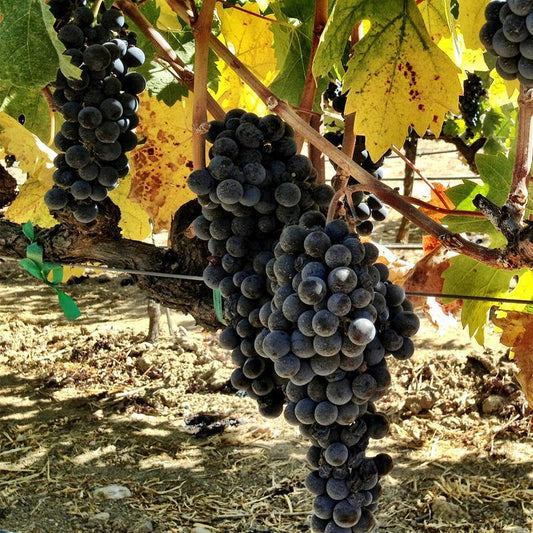 Sold out
Sold out

